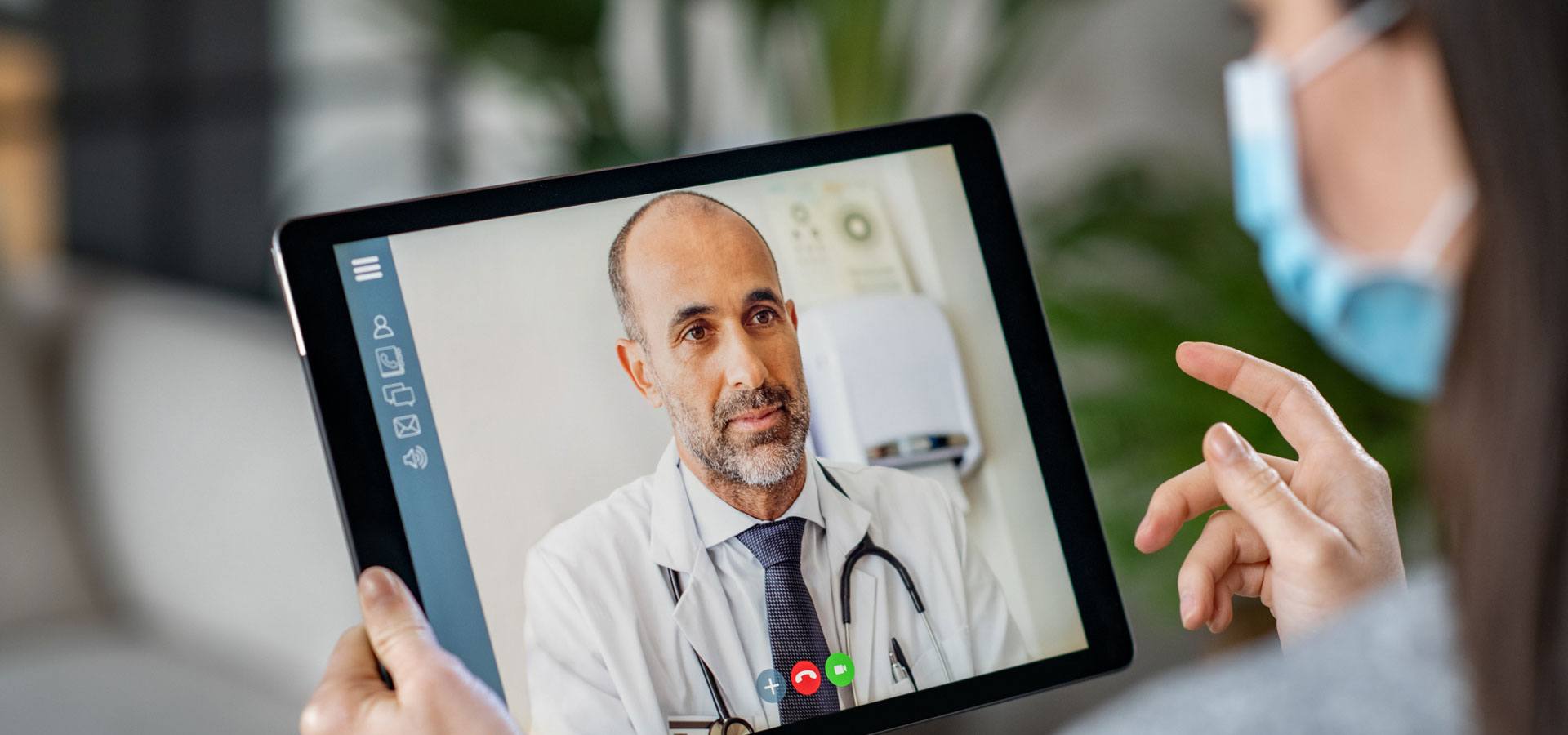Adopting Telemedicine & Telehealth
Telemedicine uses advanced, secure technology (telehealth) to give patients virtual access to health care services, including diagnosis and treatment, regardless of where they’re located. The benefits are clear: it’s convenient for patients and providers, it expands and improves access to health care (especially for people who live in rural areas or have other barriers to getting timely attention), and it has the potential to save U.S. patients and health systems billions of dollars annually.
Why Content is Critical
Promoting your telemedicine services should take a well-rounded approach, and part of that is optimizing your website copy. Comprehensive content helps your users understand the benefits of using telemedicine services and underscores your organization’s commitment to providing high-quality care to all patients where and when they need it.
Develop content about telemedicine services that guides and educates your users. That means if you offer e-visits, explain how and when to use the service, or if your providers can remotely access specialists for their guidance, explain what that looks like in terms of what the patient will experience. When patients know what to expect, it increases:
- Adoption/use of the services
- Comfort level with their experience
- Overall satisfaction and engagement with their care
- Trust of and loyalty to your brand and providers
What to Include
Increase user understanding (and boost SEO with keyword-rich copy) by listing:
- Benefits of telemedicine
- Increased patient convenience and comfort
- Cost savings of no travel time
- Access to experts
- Secure technology that supports patient privacy
- Most common conditions and symptoms you treat through telemedicine
- Services you’re able to offer through a telemedicine visit
- Diagnosing a health concern
- Prescription filling and refilling
- Providing answers to a medical question
- Follow-up visits
- Monitoring and management of chronic conditions
- Referrals to or guidance from a specialist or other health care providers
Answer common questions you receive from patients about your telemedicine services, such as “is my personal health information kept safe?,” “how do I schedule an appointment?”, and “what does it cost?”
Writing About E-Visits
If your organization provides urgent care e-visit services, patients want to know:
- Availability and scheduling of the e-visit service (evenings/after hours, weekends, holidays, etc.)
- Technology needed to access the service, including internet connection
- Who is able to access e-visits (current/existing patients, or if the service is available to anyone)
- How to register or sign in, and what patient information is needed
- Cost and insurance information
- Terms and conditions, including privacy and security information
When to Choose an E-Visit
Make sure your content helps your target audience understand when a telemedicine appointment is the right choice to meet their health care needs, saving them time and money. Ensure your content describes the proper use of those services versus when in-person visits for urgent or emergency care are the better choice. Your telemedicine content can cross-link to these services on your website if your organization offers them.
Get Help from Healthcare Writers
Turn to Geonetric’s team of content strategists and writers for assistance to write SEO-friendly content about your telemedicine services, weaving your competitive differentiators and brand messaging into your copy.








